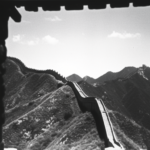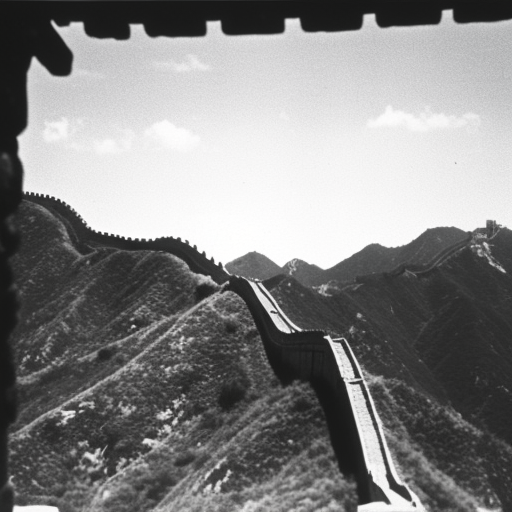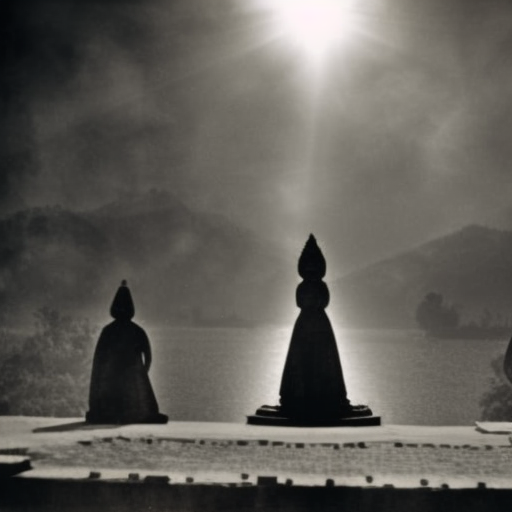The Construction of the Great Wall of China
The Great Wall of China is one of the most iconic and impressive architectural wonders in the world. Spanning over 13,000 miles, it is a testament to the ingenuity, determination, and labor of the ancient Chinese civilization. The construction of the Great Wall took place over several centuries, beginning in the 7th century BC and continuing until the 17th century AD.
Background:
The need for a defensive barrier to protect China from invasions from the north was recognized early in Chinese history. The first walls were built by various states during the Spring and Autumn Period (770-476 BC) and the Warring States Period (475-221 BC). However, it was during the Qin Dynasty (221-206 BC) that the construction of the Great Wall began in earnest.
Qin Dynasty:
Under the rule of Emperor Qin Shi Huang, the various walls built by different states were connected and extended to form a unified defensive structure. The walls were constructed using materials such as earth, wood, and stone. Thousands of laborers, including soldiers, prisoners, and peasants, were conscripted to work on the wall. The construction was completed in a relatively short period of time, but the wall was later expanded and reinforced by subsequent dynasties.
Han Dynasty:
During the Han Dynasty (206 BC-220 AD), the Great Wall underwent significant expansion and fortification. The walls were extended westward to protect the Silk Road trade route and eastward to the Korean Peninsula. The Han Dynasty also introduced watchtowers and signal towers along the wall to enhance its defensive capabilities.
Ming Dynasty:
The most well-known and best-preserved sections of the Great Wall were constructed during the Ming Dynasty (1368-1644 AD). The Ming Dynasty faced constant threats from nomadic tribes, particularly the Mongols, and therefore invested heavily in fortifying the wall. The Ming walls were built using bricks and stones, with watchtowers strategically placed along the wall for surveillance and communication. The construction of the Ming Great Wall involved the labor of millions of workers, including soldiers, peasants, and convicts.
Significance and Legacy:
The Great Wall of China served as a formidable defense system, protecting China from invasions and raids by nomadic tribes. It also facilitated border control, trade regulation, and the collection of taxes. However, despite its grandeur and historical significance, the Great Wall was not entirely impenetrable. There were instances where invaders breached the wall, such as the Mongol conquest of China in the 13th century.
Today, the Great Wall of China is not only a symbol of China’s rich history and culture but also a major tourist attraction. It has been recognized as a UNESCO World Heritage Site since 1987 and attracts millions of visitors from around the world each year. The wall’s architectural splendor, breathtaking landscapes, and historical significance continue to captivate and inspire people.
In conclusion, the construction of the Great Wall of China spanned several centuries and involved the labor of millions of workers. From its humble beginnings as separate walls built by different states to its expansion and fortification during the Qin, Han, and Ming dynasties, the Great Wall stands as a testament to the engineering prowess and defensive strategies of ancient China. Today, it remains an enduring symbol of China’s rich history and a remarkable feat of human achievement.












